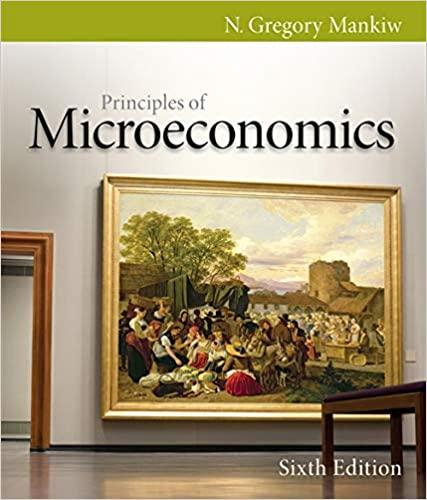A local drama company proposes a new neighborhood theater in San Francisco. Before approving the building permit,
Question:
A local drama company proposes a new neighborhood theater in San Francisco. Before approving the building permit, the city planner completes a study of the theater’s impact on the surrounding community.
a. One finding of the study is that theaters attract traffic, which adversely affects the community. The city planner estimates that the cost to the community from the extra traffic is $5 per ticket. What kind of an externality is this? Why?
b. Graph the market for theater tickets, labeling the demand curve, the social-value curve, the supply curve, the social-cost curve, the market equilibrium level of output, and the efficient level of output. Also show the per-unit amount of the externality.
c. Upon further review, the city planner uncovers a second externality. Rehearsals for the plays tend to run until late at night, with actors, stagehands, and other theater members coming and going at various hours.
The planner has found that the increased foot traffic improves the safety of the surrounding streets, an estimated benefit to the community of $2 per ticket. What kind of externality is this? Why?
d. On a new graph, illustrate the market for theater tickets in the case of these two externalities. Again, label the demand curve, the social-value curve, the supply curve, the social-cost curve, the market equilibrium level of output, the efficient level of output, and the per-unit amount of both externalities.
e. Describe a government policy that would result in an efficient outcome.
Step by Step Answer:







